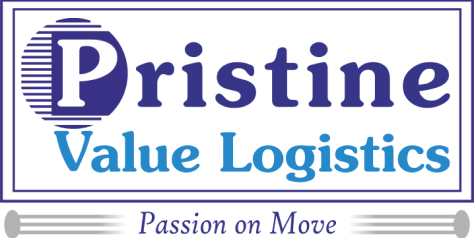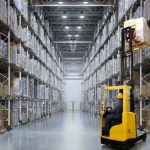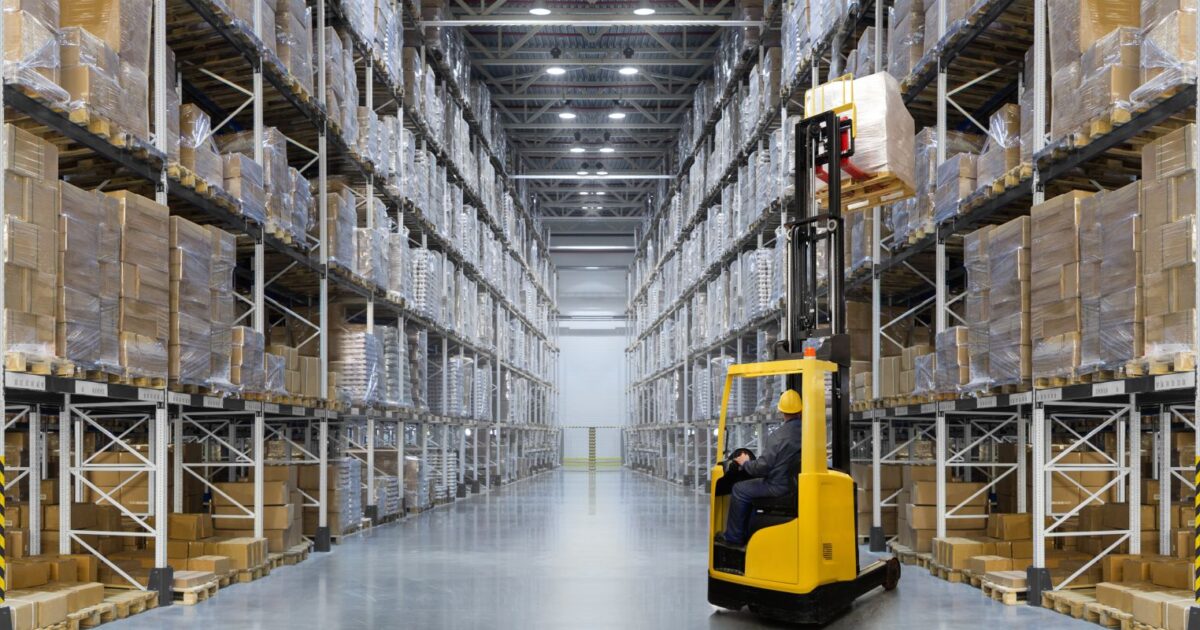The healthcare industry has become one of the largest in India and it is growing at a steady pace. Several sectors of the industry, such as hospitals, medical tourism and medical devices are undergoing massive improvements that are contributing to the success of the healthcare industry. The success of the industry is largely dependent on the coverage, which the partnered supply chain companies are responsible for. The improvements in methodologies and technology are making processes more precise, faster and cost-effective. The advantages of these trends, in the form of cost optimisation and time-saving are directly seen by the ones who avail the services. Let’s have a look at the top five improvements that are seen in this industry the most.
1) Personalised care
Individualising healthcare services is irrevocably the strongest wave rising towards better healthcare. Be it consultations, surgeries or therapeutic care, moving towards patient centricity is undoubtedly a step in the direction of better healthcare services. Personalised care is actively helping patients who are undergoing treatments that show side effects that outweigh the benefits. Annually, roughly 30-40% of patients undergo such therapies or use medication that exhibits these properties. In cases such as these, the new system of personalised care is designed and mobilised in such a way, that it not only mitigates the adverse effects, but also provides additional benefits. The data that is acquired from treating patients in such a way affects and mobilises the entire system towards higher efficacy, including logistics and production. Accurate predictions can be made to ensure that the required devices and drugs are organised before time and the patient receives the best care in the fastest way possible. This means that the new cases that doctors come across, generate demand for drugs and medical devices that may not be in production yet, thereby giving R&D the boost it is due.
2) Blockchain technology
Blockchain is perhaps the most talked-about upcoming technology in the healthcare industry. It already has a proven track record in aiding data security, transparency and precision medicine. Many medical professionals around the world consider Blockchain to be the right move in the direction of patient-centric healthcare systems. It is essentially a digital ledger that contains an immutable record of transactions which is built from linked transaction blocks.
Several vendors are actively moving towards incorporating Blockchain technology in a bid to overcome the prominent data exchange issues like documentation and patient data transference. There are plans in the market to automate re-ordering protocols and mobilising supply chain activities in sync with blockchain data. We can expect several blockchain-based EHR (Electronic Health Record) solutions to be implemented in the future.
3) IoT and Cloud Computing
There is no doubt that IoT is moving up to be one of the biggest trends in the medical devices industry. The lightning speed and efficiency brought in by cloud computing are helping shape the future of the healthcare industry as a whole. 2018 is predicted to be an important year with regards to online technologies, as it holds promise of highly practical applications of newer technologies in the sector. Large strides will be made towards the creation of value from these applications, ensuring high security levels, precise data analytics and valuable prediction metrics.
Enticing new technologies are currently under development to produce medical devices that sync patient biometrics with big data engines. These are a move in the right direction to form the basis of virtual health and telehealth services in the future.
4) Big Data and Digital Health
The analysis and visualisation of vast amounts of unstructured data is the new edge in the medical device trend in the year ahead. Storing this data and presenting it to the medical device production companies can prove most valuable, as it may help predict demand. This is facilitated by structuring the data to return information about when the patients may potentially be re-hospitalised. This also helps with the supply of follow-up treatment equipment by predicting the response to the treatment that the patients are receiving and their recovery time.
This will not only help medical professionals move closer to personalised patient treatment, but will also help them develop a preventive response to treating their patients, making the supply chain activities more pro-active in their approach to distributing vital drugs.
5) R&D boost:
Research suggests that the business for new medical devices is to see a major bump in the coming year. As a result, the R&D in the sector will see a boost to accommodate for the changing dynamic in the distribution and retail. The usual drift is that the big players immediately allocate a portion of their yearly budget to R&D at the occurrence of such news. But it is not the case this time round.
Peculiarly, most of the R&D spend is seen from smaller companies with 100 employees or less. Smaller companies are snowballing their R&D spend in this direction with an eye on the business of future medical equipment and drugs that are to enter the market in the coming months. Not only are they strengthening their research teams, but also refining their logistics and distribution systems to keep up. The average spend is about 7-9% of the total revenue, which exceeds the industry standards and the effects of this shift are already making themselves known.
The ability to adapt to these changes in the industry may be the difference between success and failure in this highly competitive industry. Healthcare supply chain players are sure to adopt modernistic strategies to accommodate the evolving dynamics.









